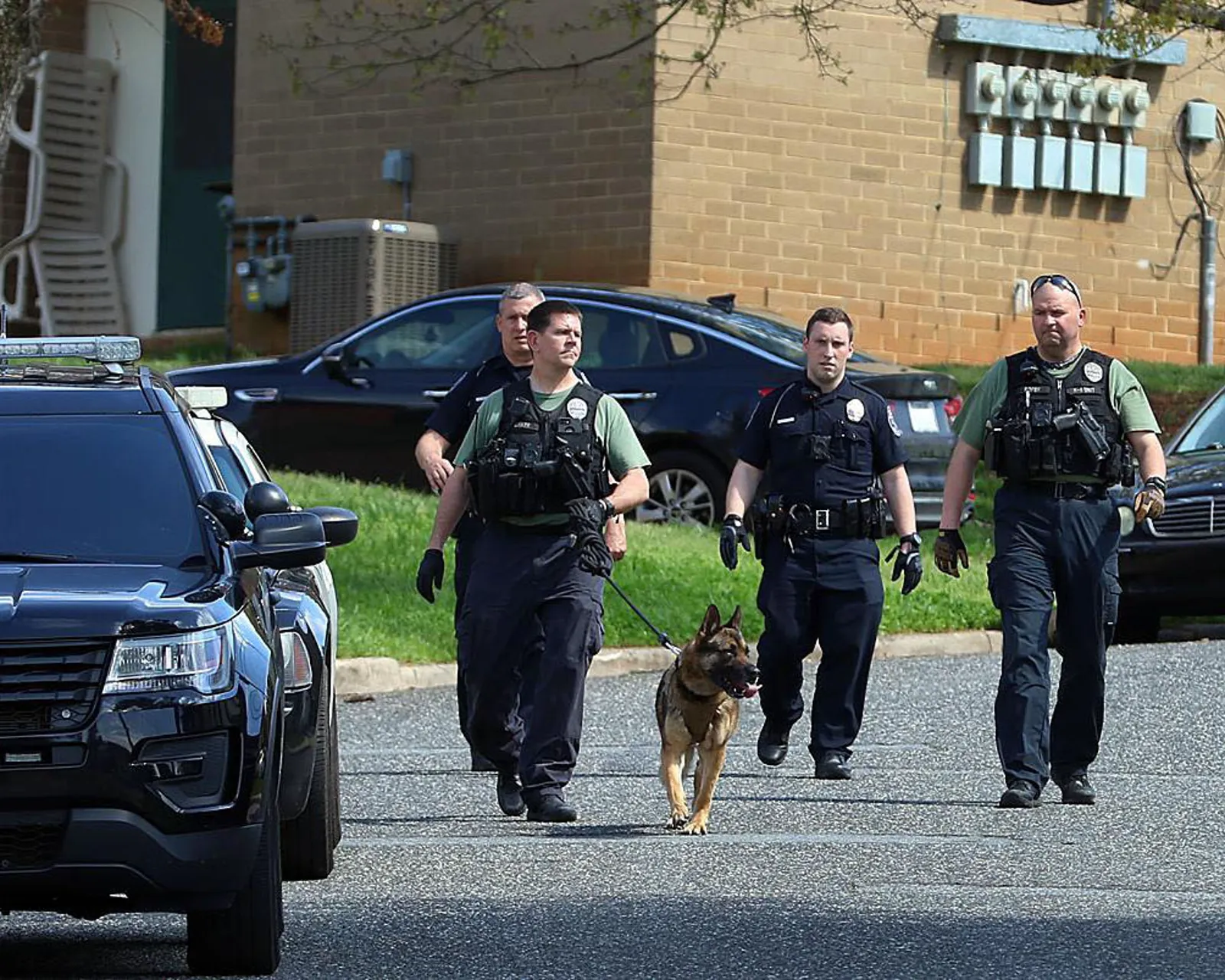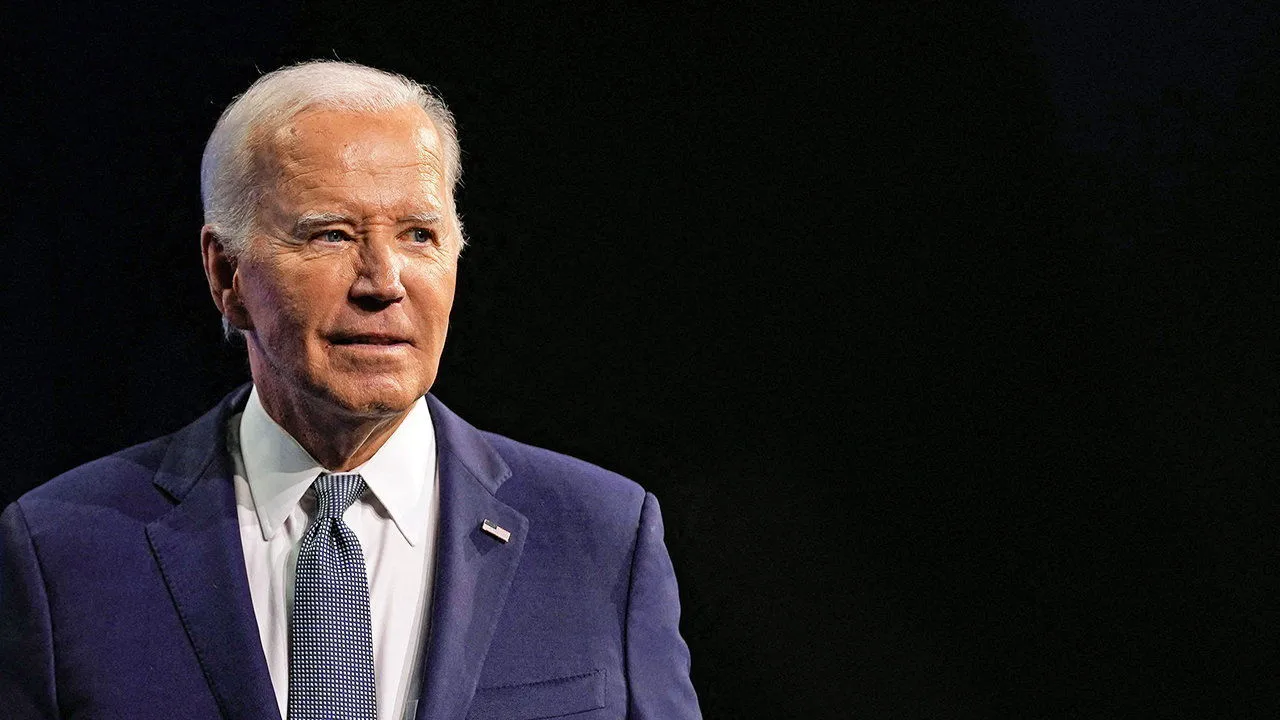Your 11-year-old son walks down the street to play with a friend after school.
When dinnertime approaches and he hasn’t returned, you call his friend’s mom and ask her to send your son home. Distress is palpable in her voice as she tells you he isn’t there. He left 45 minutes ago.
You panic, running down the block to make sure, but there’s been no mistake. Your son is gone.
Your fingers shake as you dial 911.
What happens next depends on where you live.
Law enforcement agencies across the country operate under a patchwork of rules that govern how intensely they search for missing children. The degree of effort often depends entirely on a child’s age or an officer’s discretion. As a result, kids the same age can disappear under similar circumstances and receive vastly different responses from police.
In dozens of cities and towns, the child’s age alone can move them to the bottom of the priority list, according to a USA TODAY analysis of standard operating procedures for more than 50 law enforcement organizations. Once that happens, it takes a preliminary investigation or an officer’s initiative to move them back up.
More: Top findings of this investigation


More than 60% of the agencies examined by USA TODAY set a maximum age at which missing children are considered “critical” or “at risk” and therefore worthy of thorough investigation regardless of the circumstances. In Louisville, for example, the cutoff is 10. For the New Hampshire State Police, it’s 17. That means a missing 11-year-old in Louisville would typically draw less attention from law enforcement than a 16-year-old in New Hampshire.
If children are over the age limits, their cases require special circumstances – such as a health condition that requires medication or a drug addiction – to warrant extra effort. That gives the first patrol officer who speaks to a missing child’s family enormous power.
That officer’s opinions about the child’s maturity, mental health or relationship with their parents can dramatically affect the quality of the investigation – or whether there is an investigation at all. That discretion can result in discrimination.
“The first initial encounter with law enforcement really sets the ball rolling for how these individual cases are being handled and treated and even responded to in the media,” said Gaétane Borders, president of Peas in Their Pods, a nonprofit that advocates for missing children of color and their families. “At the heart of it, that can be started by the inherent bias and racism that exists.”
The first initial encounter with law enforcement really sets the ball rolling for how these individual cases are being handled and treated and even responded to in the media. At the heart of it, that can be started by the inherent bias and racism that exists.
Often, children who fall outside the age limits or special circumstances listed in department rules receive virtually no attention from law enforcement, said Melissa Snow, an executive director at the National Center for Missing & Exploited Children.
“In many scenarios … the only person that’s aware that the kid is missing is the person that made the report and the person that took the report,” she said. “In many situations, there is absolutely nobody looking for that kid other than people that intend to do harm to them.”
USA TODAY’s review of police standard operating procedures is part of an ongoing examination of disparities in cases of missing children. Previous stories detailed why a lack of diversity in DNA databases hinders investigations into missing Black children and how effective Amber Alerts are in finding missing kids.
In 2021, 335,000 reports of missing children were sent to the FBI, down from 365,000 the year before. About 90% of them were found. Of those not found within six months, a disproportionate number were Black.
How rapidly and thoroughly law enforcement responds to a missing child can make a crucial difference in the outcome. Thousands of missing kids a year are never reported to the FBI because they are quickly found.
The longer children are missing, the more likely they are to be harmed. A 2006 study by the Washington state attorney general’s office and the U.S. Department of Justice reviewed the cases of nearly 800 missing children later found murdered. In 76% of cases, the child was killed within three hours. In 88.5% of cases, they were killed within a day.
Because of limited budgets and personnel, law enforcement is forced to prioritize, said Lt. Cyrus Zafrani, who oversees crimes against children for the Dallas Police Department. But he wishes they didn’t have to. All missing children are vulnerable because they can’t take care of themselves long-term, he said.
“They’re getting assistance from somewhere,” Zafrani said. “In a lot of cases, it’s who they run into in the streets, and predators are out there.”

No extra effort for a 14-year-old in Philadelphia
Devon Hester’s aunt is certain something terrible happened during the three months he was missing – but he won’t tell her what.
After Devon, then 14, left home in July, officials knew exactly where to find him; he was wearing an ankle monitor because of a pending assault charge. Authorities in Philadelphia, where missing kids under 10 are the only ones automatically treated as a top priority, made no attempt to pick him up.
Instead, they shared his location with Devon’s aunt, Dianna C. Coleman, who drove from her home in Philadelphia to the Hard Rock Hotel in Atlantic City, New Jersey, to look for him. By the time she got there, he was gone. Two days of searching the area proved fruitless.

Soon after, the ankle monitor was disabled and stopped transmitting data on Devon’s whereabouts to juvenile officials, according to Coleman.
“They’re looking at this like it’s just another Black kid missing, and they’re not doing anything,” she said in October.
Coleman, who previously worked for the Philadelphia Department of Public Health, has been raising Devon since he was 9, after years of abuse by his father. During the COVID-19 lockdown, he had found his voice, urging kids to get vaccinated as a youth ambassador for a nonprofit Coleman founded and publishing an article in an international teen magazine.
But the return to in-person school caused him to regress, and a fight in the cafeteria led to the assault charges. Coleman says her nephew was defending himself from a boy who had been tormenting him for more than two years.
They’re looking at this like it’s just another Black kid missing, and they’re not doing anything.
Devon spent the night in the juvenile detention center before officials realized it had been a mistake to take him there, Coleman said. Devon, who had never been in trouble with the law before, was released the next day. He later told his sister on the phone from the road that he had been repeatedly beaten while in detention and ran away out of fear he would be sent back.
For missing kids 10 and older, Philadelphia Police Department rules require that an investigator enter their information into an FBI database and “interview, in person, the individual reporting a missing juvenile as soon as possible.”
Coleman said no investigator spoke with her about Devon’s case until after he was found in a building under construction in downtown Philadelphia on Nov. 2 — more than three months after he disappeared. Devon spent three more weeks in juvenile detention and agreed to plead guilty to a misdemeanor so he could get out, Coleman said. He was transferred to an inpatient mental health treatment program.
Philadelphia police officials did not answer USA TODAY’s questions about Devon’s case or why their rules call for putting more effort into finding kids under 10 than older children.
Devon won’t tell anyone where he was or what happened while he was missing, Coleman said. During a family counseling session, she recalled, he initially sat mute and refused to make eye contact. Then he left the room.
Not long after, Devon walked out of the treatment facility. He was later arrested on new charges.
“I don’t know where he’s been, what he’s been through or who he’s been with,” his aunt said. “There’s so much uncertainty about what happens next.”

‘I do think it’s arbitrary’
Although numerous states and the federal government have enacted laws regarding missing children, most leave room for interpretation.
Several law enforcement officials told USA TODAY that because most children are found quickly, it makes sense to devote more of their limited budgets and personnel to younger kids.
“It’s about the ability of the agency and the resources that they have,” said Zafrani of the Dallas police.
But many police and sheriff’s departments were unable to explain why their agencies chose the ages they did.
“I do think it’s arbitrary,” said Snow, of the National Center for Missing & Exploited Children. “I do think there was probably some decision made around, well, 12 and under is not a teenager, and so if we’re going to focus efforts, we need to focus on this other category of younger kids.”
Yet missing 15- and 16-year-olds, who more closely resemble adults, face a higher risk of sexual assault than prepubescent children, said retired Dallas Police Sgt. Byron Fassett.
“The person that’s going to hurt – to sexually abuse – a 10-year-old has a very specific mindset. We’re talking a preferential sex offender,” he said.
Some agencies receive guidance from nonprofits such as the National Center when choosing cutoff ages. Some pay for policies from Lexipol, a private company that helps departments reduce their civil liability. But even that does not ensure consistency.

Lexipol, which provides customizable policies to thousands of law enforcement agencies around the country, advises them to first look to state law when defining “at risk.” Barring that, Lexipol uses the criteria of 13 or under, a cutoff chosen after consulting with the National Center and other experts, according to spokeswoman Shannon Pieper.
The company settled on 13 because children that age “have not established independence from parental control for many decisions in their lives and have not established the skills necessary for protection from exploitation,” Pieper said in an email.
She emphasized that age should not determine whether an investigation occurs. Instead, it should help establish whether the child is at risk, which can affect some aspects of the investigation, such as coordination with the FBI.
According to the National Center’s model policy, every child reported missing should “be considered at risk until sufficient information to the contrary is confirmed.” The policy also lists several conditions that may place children at greater risk, including being 12 or younger.

In Milwaukee, the maximum age for more intensive searches is 11 unless certain other conditions are met, down from 12 in 2008, according to Sgt. Efrain Cornejo, the department spokesman. He said he didn’t know why.
In most jurisdictions, once police decide a missing child is not endangered, that status holds indefinitely. In a few, it can change over time. In Dallas, for example, children 10 to 17 are initially considered low priority. After 30 days, their cases are reclassified and assigned to the police department’s high-risk victims and trafficking squad, where detectives proactively search for them.
“If I had the resources, I would definitely bump that down to two weeks or maybe one week,” said Zafrani, the lieutenant in charge of the unit.








